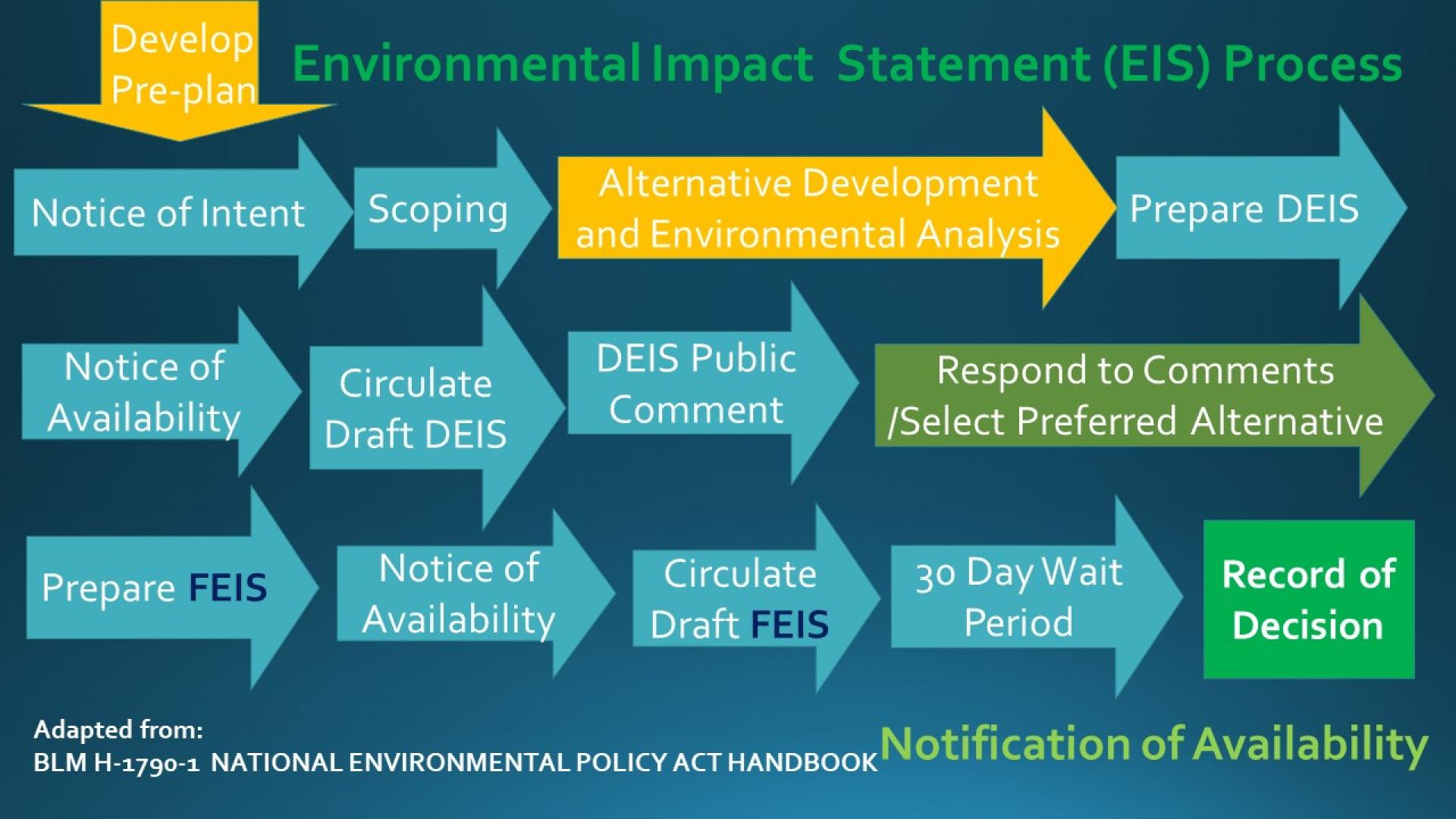
- Body
Typically, the US Forest Service or the BLM will conduct an Environmental Analysis, or EA for range improvement projects or issuance of term grazing permits. An EA is required by NEPA, or the National Environmental Policy Act. Its purpose is to provide a brief analysis of the environmental, economic, and social impacts of a federal action. A federal action is any decision, permit, or activity carried out by a federal agency. The purpose of an EA is to determine if a federal action has a “significant impact” and, if the action does have a significant impact, if it is possible to easily prevent or compensate for these impacts. Because grazing permits and most range improvements generally seen as having minor impacts, the NEPA process generally ends with completion of the EA. Once the EA is complete, the US Forest or BLM may issue the permit or carry out the proposed project.
In relatively rare cases, the EA will result in a finding that there are significant impacts. Examples for this may include a major change in a livestock operation in terms of numbers or type of livestock or large, complex range improvement projects such as large-scale brush removal or prescribed fire. In these cases, the NEPA process will continue to the more complex EIS stage. An EIS is similar to an EA, but much more detailed and complex. A typical EIS process can take over a year to complete—it is not unusual for a single EIS to take years to complete. If it is determined that an EIS is required for a permit or project to go ahead, the most important thing a rancher can and should do is get involved in the EIS process from the very beginning and stay involved throughout the process. The full EIS process has several critical steps where ranchers can engage and influence the process:
1. Scoping: at the very beginning of the EIS process, the US Forest Service or BLM must determine what the EIS will address. This includes what analyses will be conducted and importantly what alternative actions will be considered. The scoping process sets the stage for the rest of the EIS.2. Public Comments: There are multiple opportunities for formal public comments, included after the draft and final EIS are published for public review. By commenting on the draft and final EIS, ranchers can make sure their voices are heard in the process and that they have the right to appeal decisions in necessary. Agencies are required to respond to all public comments.
Videos
BLM Oregon National Environmental Policy Act: When Does it Apply?